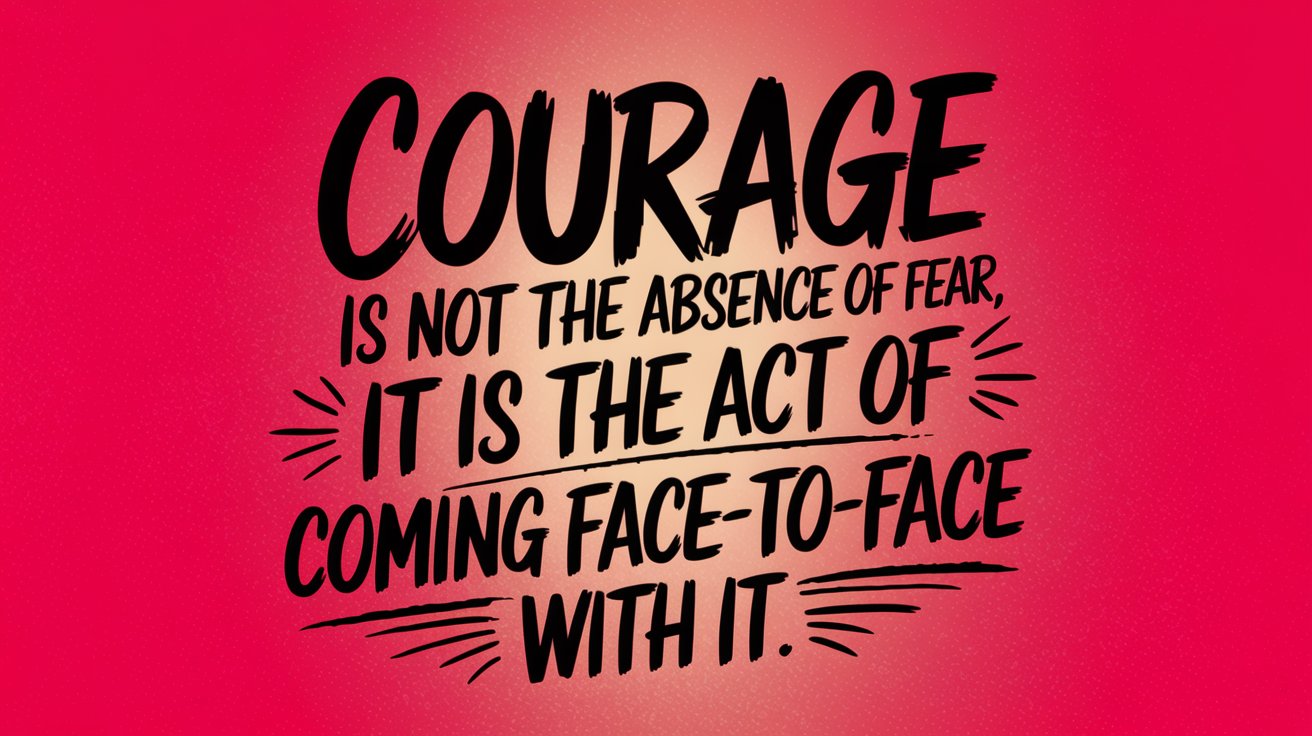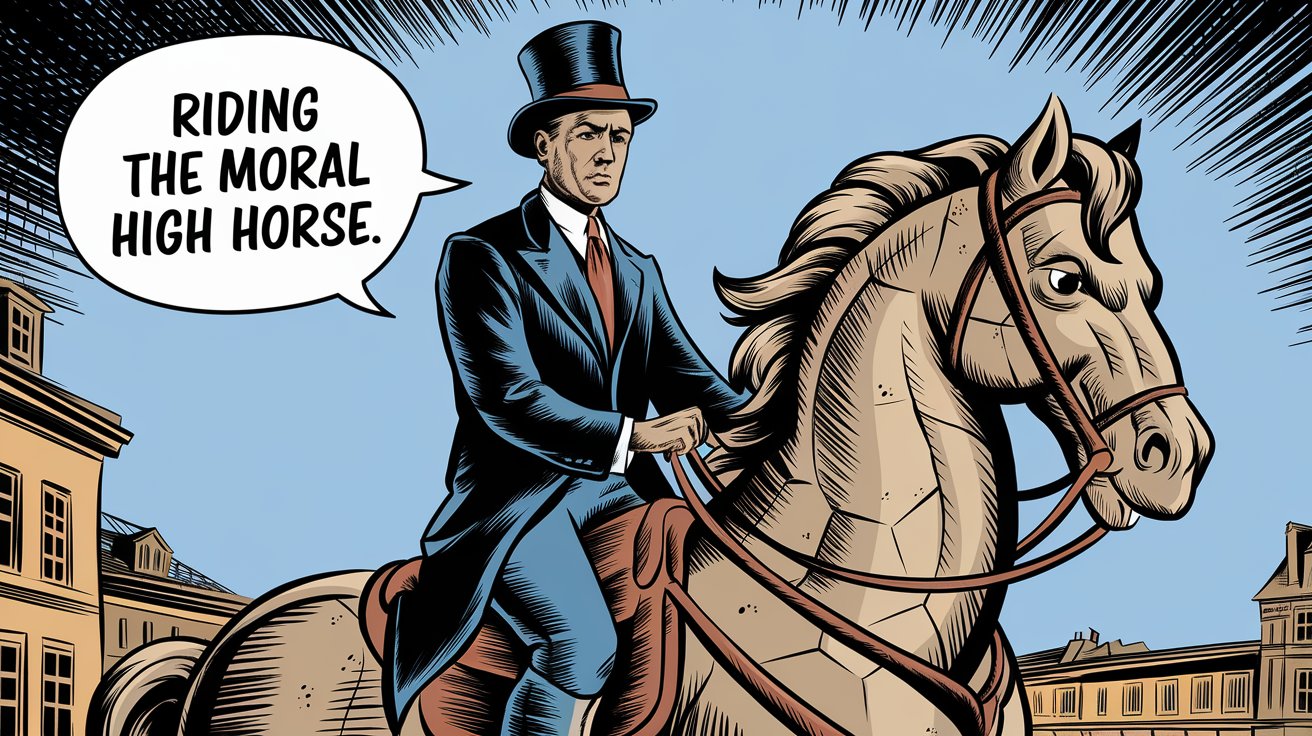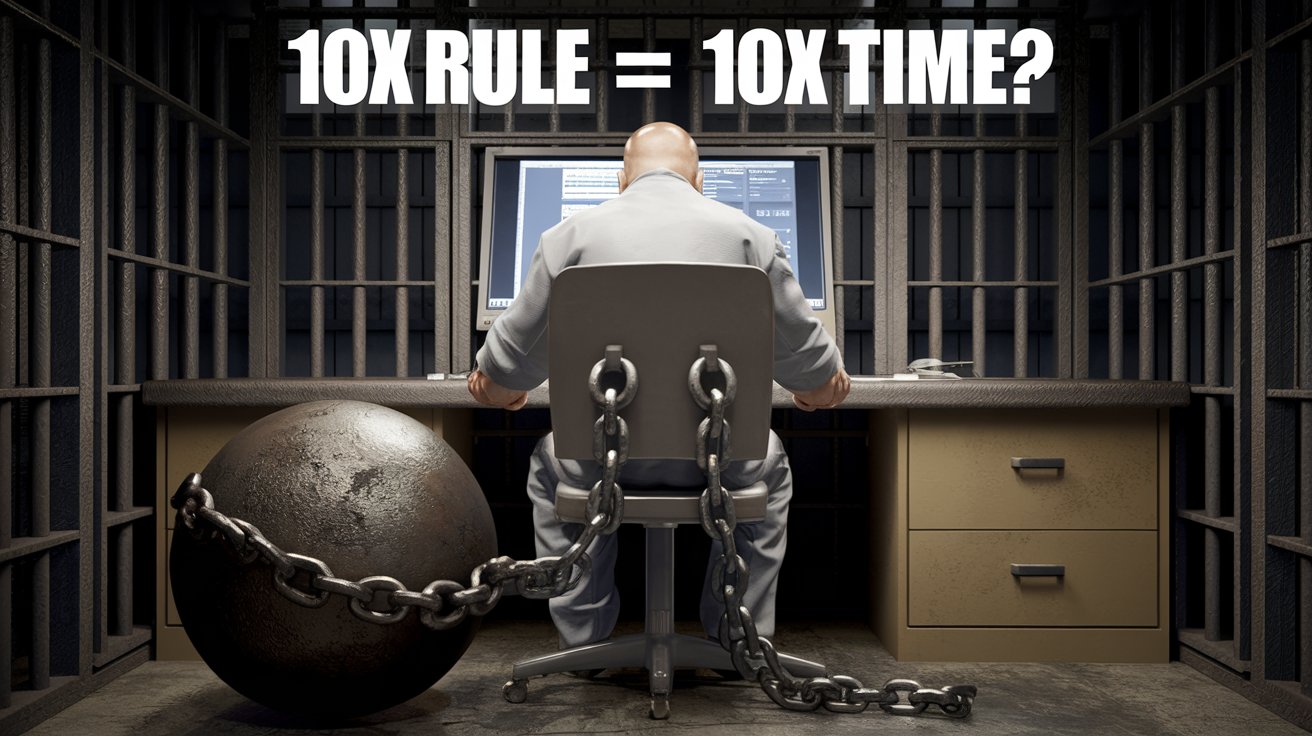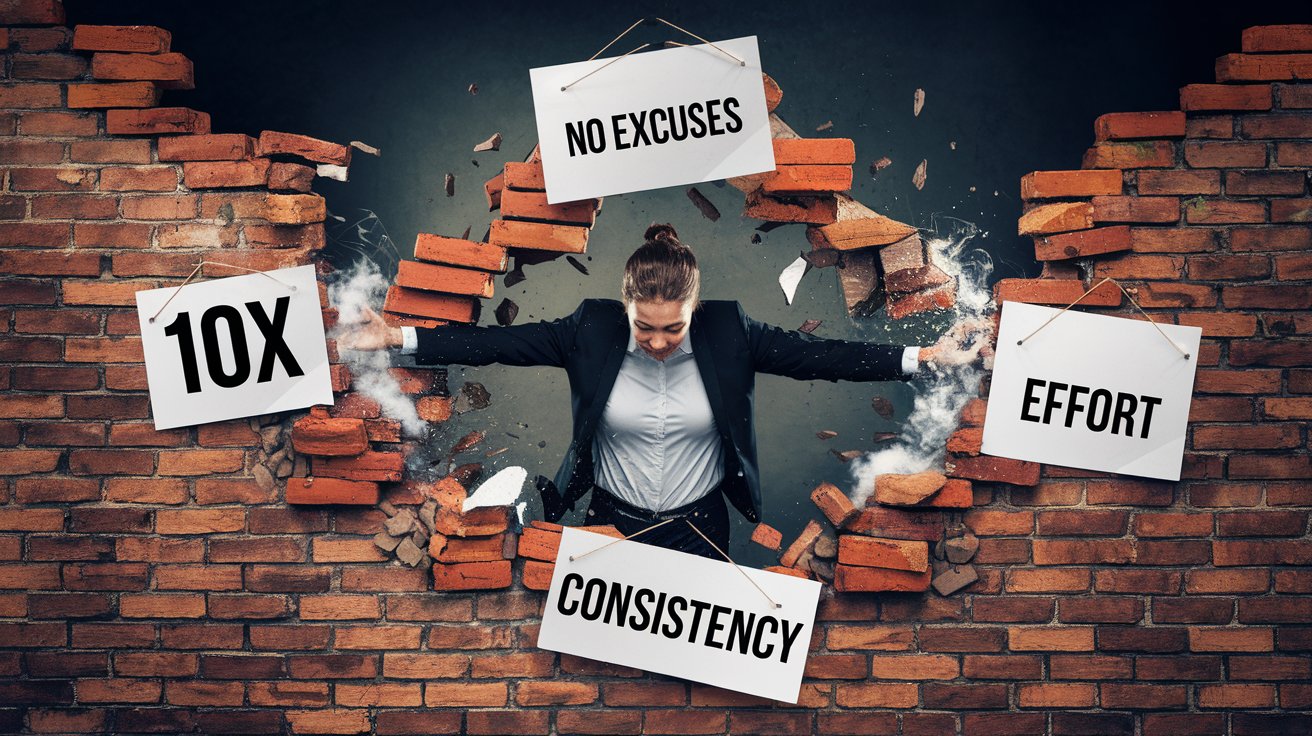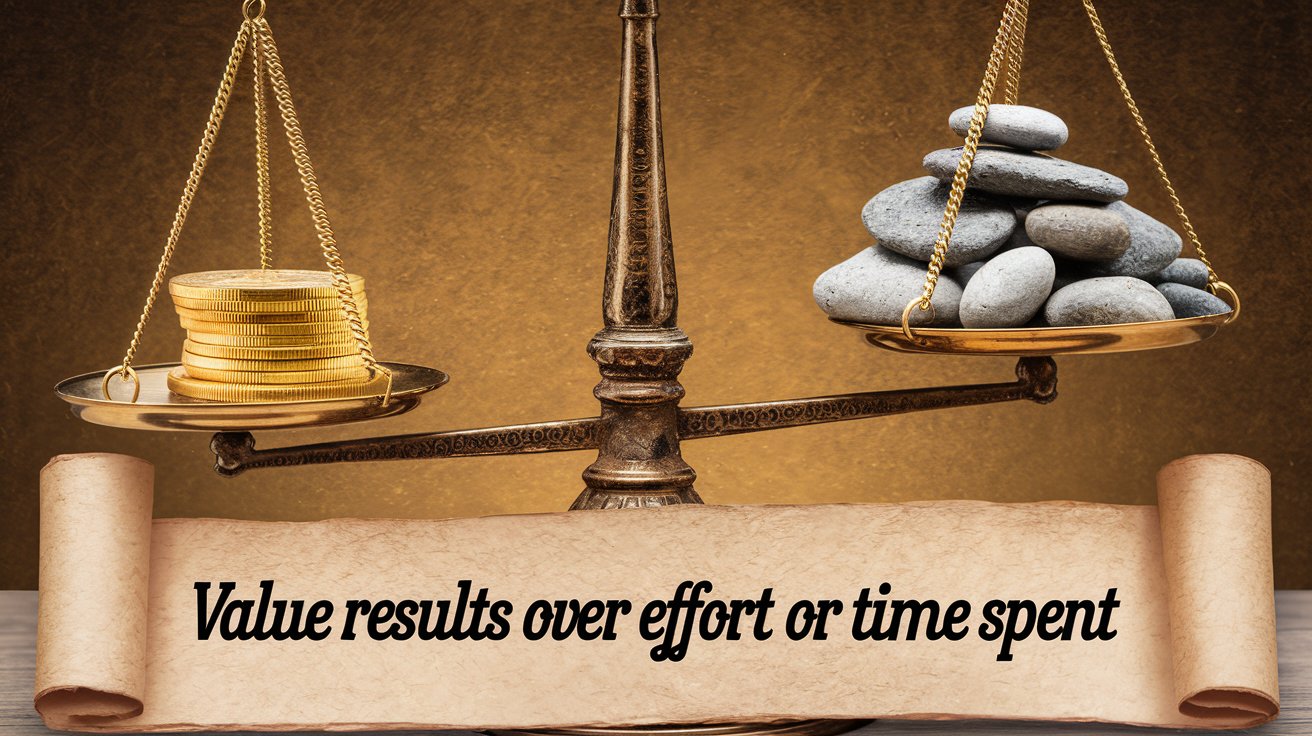Perhaps the most important idea in Grant Cardone’s The 10X Rule is that we can use fear – not as a brake, but as a compass that will direct us towards those actions most likely to get us through any obstacle to the other side. Fear? Embrace it. Don’t be afraid of it. Fear is what drives you. When you’re afraid, that is your lighthouse. That is the direction you need to take.
Fear is an emotional reaction, not a rational one. We tend to let it bring us to a halt, persuading us that the best way to avoid danger is not to act at all. Cardone turns that logic on its head: ‘Fear is telling you what to do. Fear is telling you where your audience is. Fear is telling you you’re about to grow or improve or achieve something significant. If you’re not feeling fear, if you’re not way outside your comfort zone, if you’re confident in what you’re doing, if you’re comfortable in your endeavours, if you’re remaining silent when you need to speak up, if you’re afraid to send an email to someone who truly matters to you, if you’re not making rapport calls because you’re afraid of rejection… if you’re doing any of these things, it’s time to start.
For a long time, I saw fear as the enemy, to be defeated or avoided at all costs. But after reading The 10X Rule, my thinking changed dramatically: I saw fear as a friend and a teacher, with good advice about where I needed to put in tour extra effort.
I have always been afraid of public speaking. The mere thought of it made me shiver. For years this was my rationale: I avoided any situation in which I’d have to address a group of people. I would say things such as: ‘I’m not yet ready,’ ‘Someone else can do it better,’ or: ‘I have nothing worthwhile to say.’ That was fear in the garb of arguments.
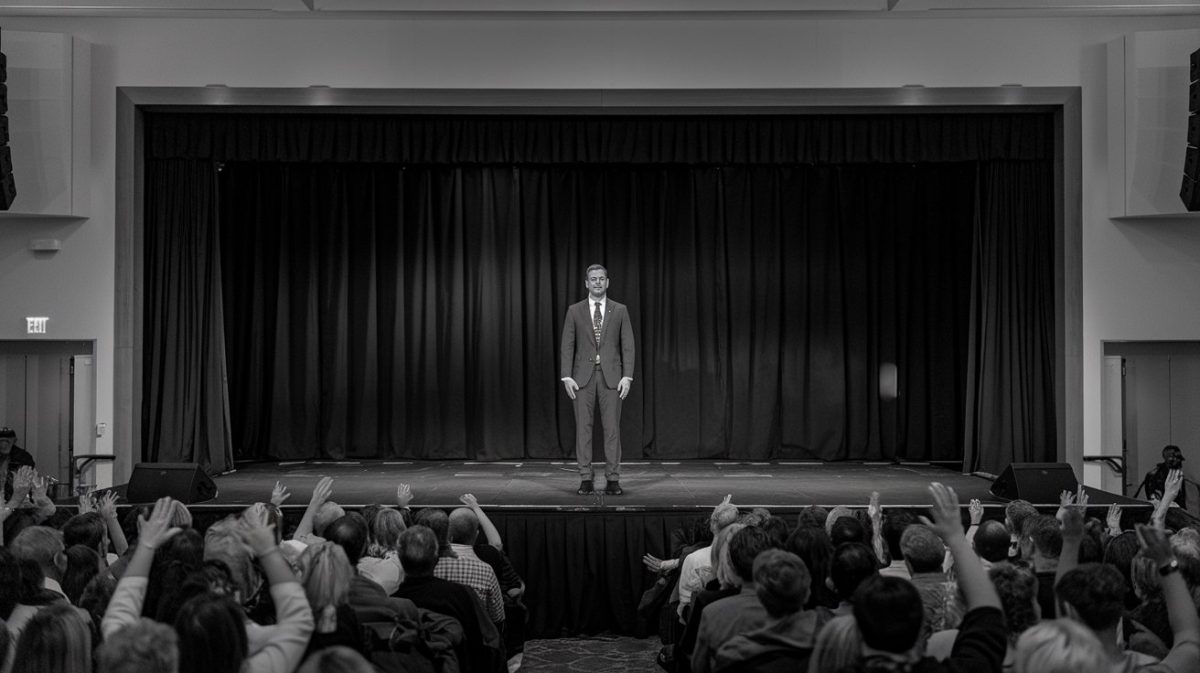
So when, after embracing the 10X principle, I finally overcame my fear of speaking in public, I decided to confront things full-on. I joined a local Toastmasters club and committed to speaking every time the opportunity arose. The first few times I did it, I was still incredibly nervous: I’d feel sick to my stomach beforehand, and during the speech I could barely think straight, questioning everything that came out of my mouth. But, as Cardone taught, the more I acted in spite of the fear, the greater my courage became, and today public speaking is no longer a mountain, but a molehill that I really do enjoy walking across.
Another important lesson: there is indeed value to preparatory steps, but if one doesn’t actually do anything their good intentions can actually function as procrastination, and to paraphrase Cardone, procrastination, whether through preparation or behind the scenes, is still a byproduct of fear, and starves the lion. So step into action now, Cardone urges: ‘The time is now. Every, single time.’ Delay breeds greater fear.
To this end, I’ve developed a new mantra: less thinking, more doing. The results have been dramatic. Projects that would have languished for months in planning stages are now being put into practice much faster. In addition to ramping up productivity, this approach has also enforced a certain amount of nerves-of-steel self-confidence, leaving me much better equipped to tackle new things – however terrifying they might initially seem.
Courage is not the absence of fear, it is the act of coming face-to-face with it, just the same, but literally taking the next step anyway. And then you notice, when the exposure is regular, that your fears grow ever less pronounced, perhaps even vanish. Through constant and repeated exposure to uncomfortable zones of my being, I’ve developed a confidence and level of access to emotions such as fear and apprehension — the access to my emotions — that I find to be a very liberating feeling.
When you turn a fear into a tool for doing, you change your own life, and become a citizen of whatever you set out to do. You wake up others who end up saying: ‘Wow, I want to try that.’ You just make a more kinetic, more courageous society. Can you imagine if we all did that how far along we’d come?
This idea of the guide is powerful. The ability to use fear as your compass to tell you what to do next – rather than as a traffic light to stop you from doing something – is the revolutionary action that will help you reach your greatest goals in life and work. Of the many things I picked up from The 10X Rule, this one has changed my life the most therefore I can say with absolute certainty that fear is not your enemy.
In short, next time you feel that familiar sting of fear, don’t recoil from it. Instead, walk straight into it and take fast action. Your future will thank you.
Far from being a mere academic idea, it’s actually a tested, useful approach to real life that you can implement right now. Put it into practice, and you will – as I have – suddenly start seeing your life shift in tremendous and unexpected ways.
